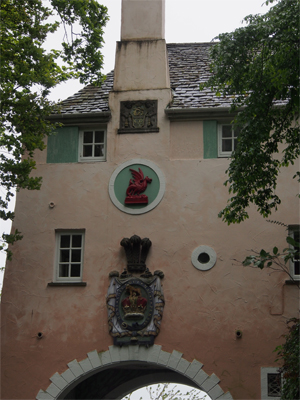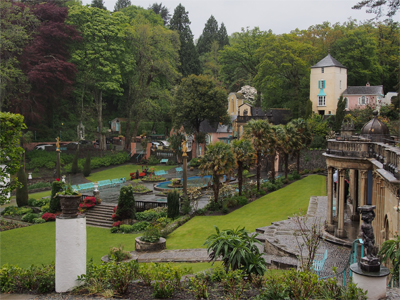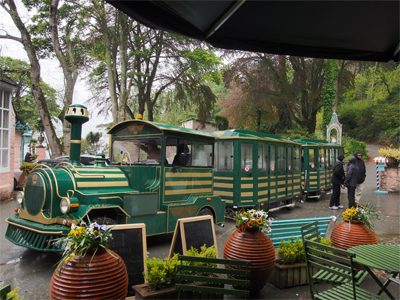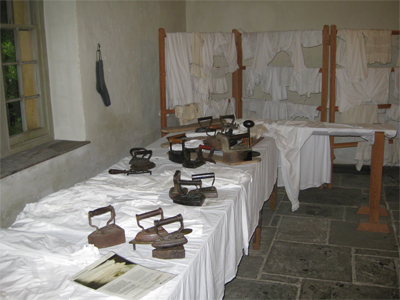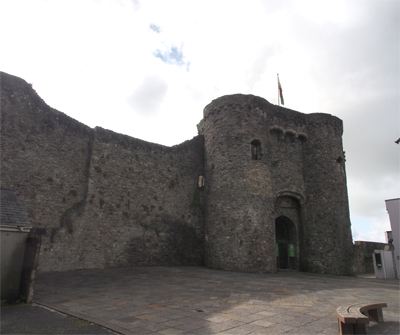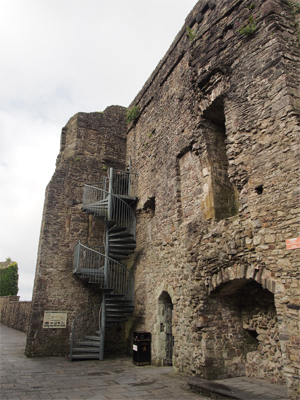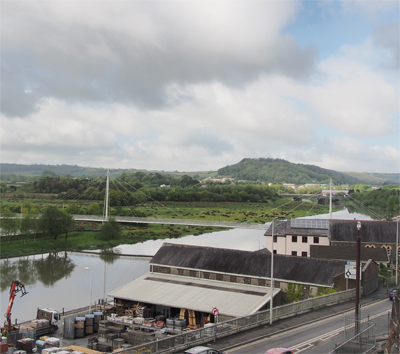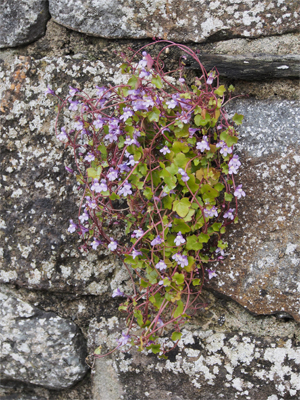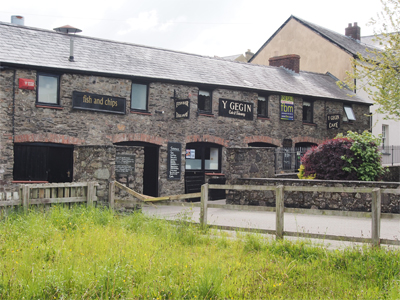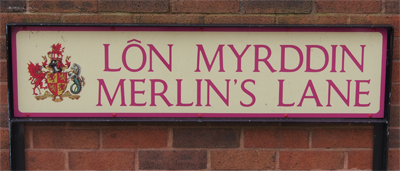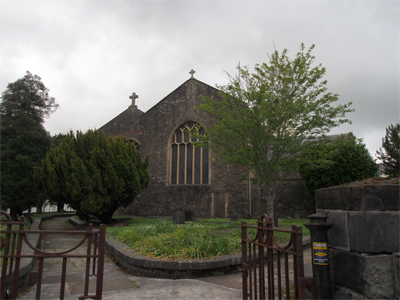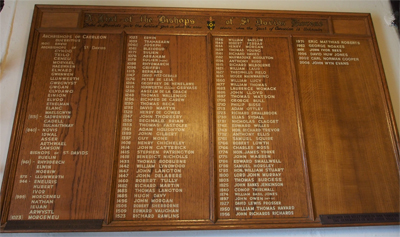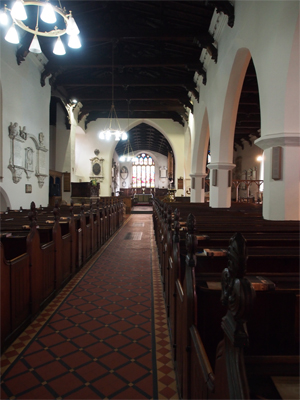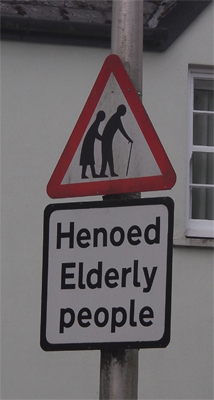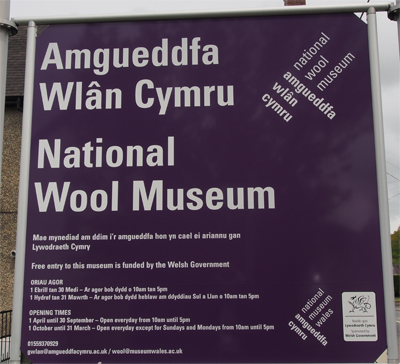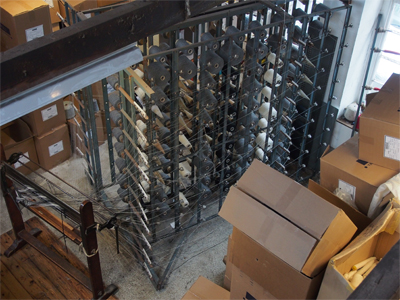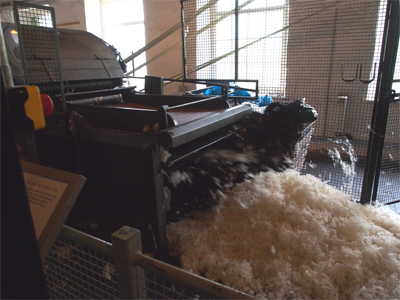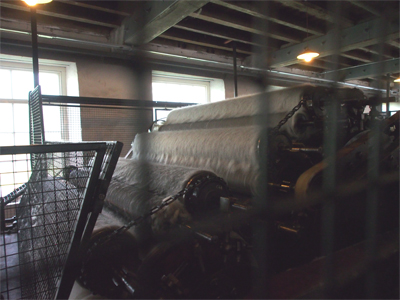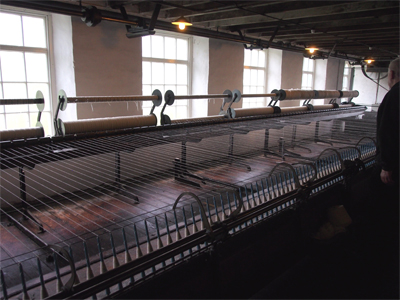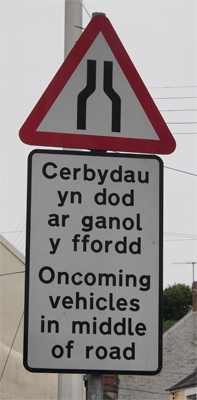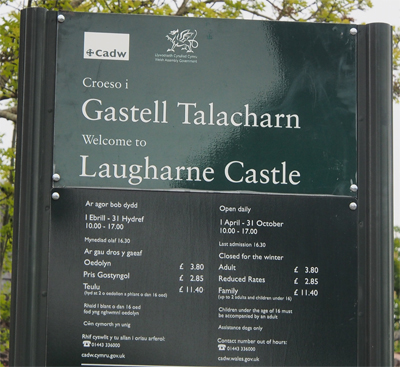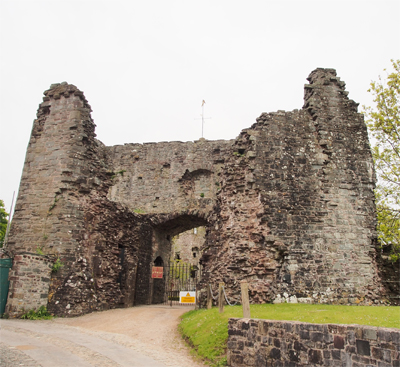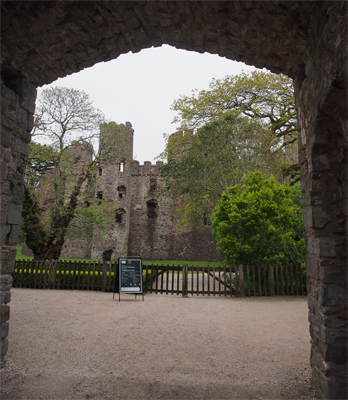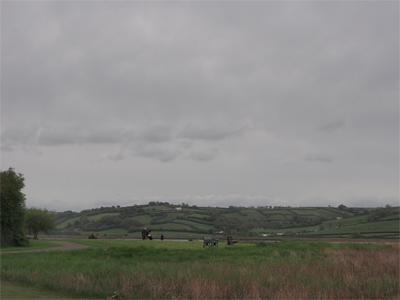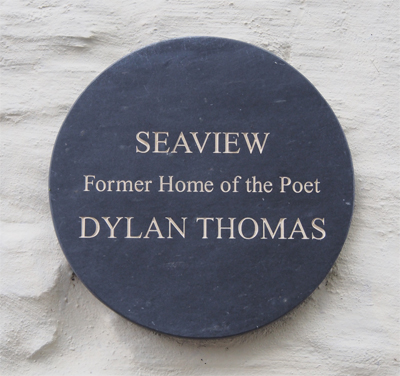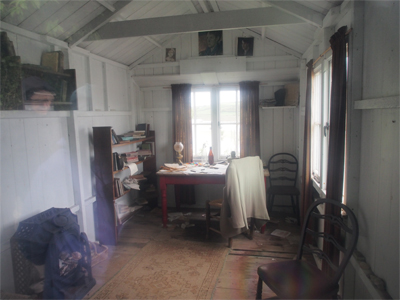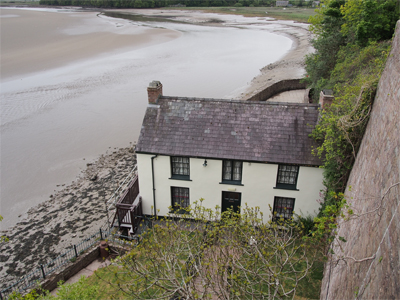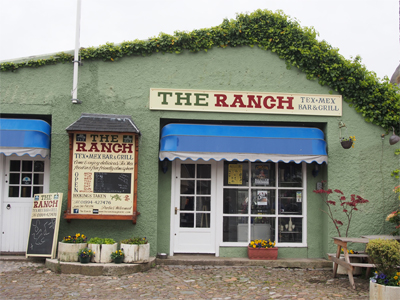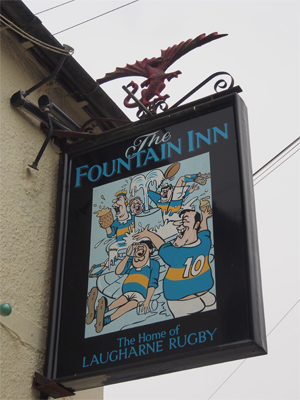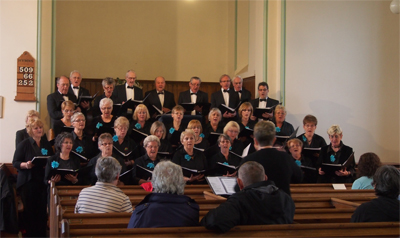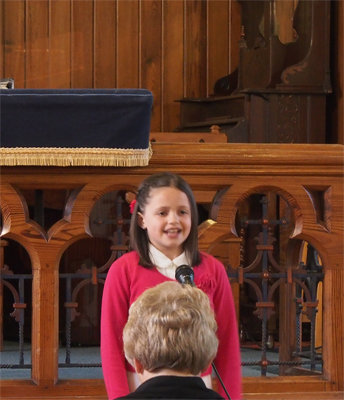Mon., 5/27/13 - Betws-y-Coed to Carmarthen
The rain started as we boarded our bus this morning and was constant all day. We tried all day to remember that rain is a mind over matter situation - "If you don't mind it, it doesn't matter."
On the drive to Portmeirion we saw many more campers and tents in the fields. It seems that a large percentage of the people celebrate a long weekend by camping out. Conway passed some of our time with a lengthy (half hour) of the facts and myth about the dragon on the Welsh flag. According to the myth, Merlin prophesied that the red dragon (Wales) would kill the Anglo white dragon and the Welsh prince would then rule.
Portmeirion is a unique faux Italianesque village built by Sir Clough Williams-Ellis on his private peninsula. He tried to develop a landscape design and structures with "physical expression." It is a brightly colored collection with Italian statues that look more like something from a Mediterranean island than the coast of Wales.
We walked among the houses and gardens (in the pouring rain) and then rode the three car "train" through some of the coastal forest. There were many large trees and rhododendrons - some in bloom. Too bad it was raining so much - but that is Wales.
|
Portmerion Gardens
|
Portmerion Gardens
|
"Train" which took us around the gardens |
Our next visit was at the Llanerchaeron house and gardens. A 19th c. Londoner lived in the mansion. Attached were the work areas: laundry, brewery, milk and cheese house, meat curing, etc. In the house many interesting 19th c. mechanical devices were on display - like a mechanical butter churn, candle shears and snuffer, nutmeg grinder, nutcrackers, etc. The house was designed by John Nash, who later had a part in the remodeling of Buckingham castle. We walked in the pouring rain to the farm buildings where old machines and carts were on display.
|
|
Llanerchaeron historic site - courtyard |
Llanerchaeron historic site - laundry
|
Tues., 5/28/13 - Carmarthen
|
|
Carmarthen Castle |
Carmarthen Castle
|
View from the castle - another nice cable-stayed bridge |
Flowers in the wall
|
Shops
|
More Merlin |
St. Peters Church
|
List of the Bishops of St. Davids going back to 601 AD |
St. Peters Church interior |
Another nice sign
|
This afternoon's tour was to the Museum of the Welsh Woolen Industry in Dre-fach Felindre in the heart of West Wales. We took the tour and watched machines that did willowing, carding, spinning, and weaving. They operate two kinds of weaving looms: one for intricate patterns working from a Jacquard punch card, like the old super computers, and the other a Dobcross loom for simpler patterns. The spinning mule twists and winds 400 threads at a time and they once ran four of those machines at a time. After wool fabric is washed, it is stretched on tenter hooks on the top and bottom of a frame, hence the expression that someone is on "Tenter Hooks." The machines were originally operated by a large waterwheel, then by gas engines, and now by electricity.
|
|
|
Weaving machine |
Spools of thread
|
Willowing machine |
Carding machine |
Carding machine
|
Mule spinning machine
|
Mule spinning machine |
We drove back south to Laugharne (pronounced Larn), the home of Dylan Thomas. There is another 12th c. Norman castle next to the estuary. The castle (Laugharne Castle) is in ruins but once housed most of the town.
|
Interesting sign - where do you think you should go?
|
|
Laugharne Castle |
Laugharne Castle |
Laugharne Castle
|
View from Laugharne Castle |
Laugharne Castle
|
We walked to the boat shed where Thomas wrote and the boathouse he was given to live in. He drank and gambled his earnings and relied on friends to provide for him and his family.
|
|
Dylan Thomas' Boathouse
|
Dylan Thomas' work space |
Dylan Thomas' home
|
We had a light buffet dinner in the Fountain Inn, the home of the local rugby club that Conway once played for. Conway's wife and her sister and niece and some choir volunteers fed us. It was a friendly, gracious meal they had prepared and served.
|
Tex-Mex is everywhere |
|
Nice brewery sign
|
After eating we walked to the local Congregational Church for a choir recital. They sang religious and other music and were quite good. Eleven-year old Ellen sang several songs in a wonderful child's soprano voice. It was a pleasant performance and we bought their CD.
|
The Corran Singers |
Eleven-year old Ellen
|

